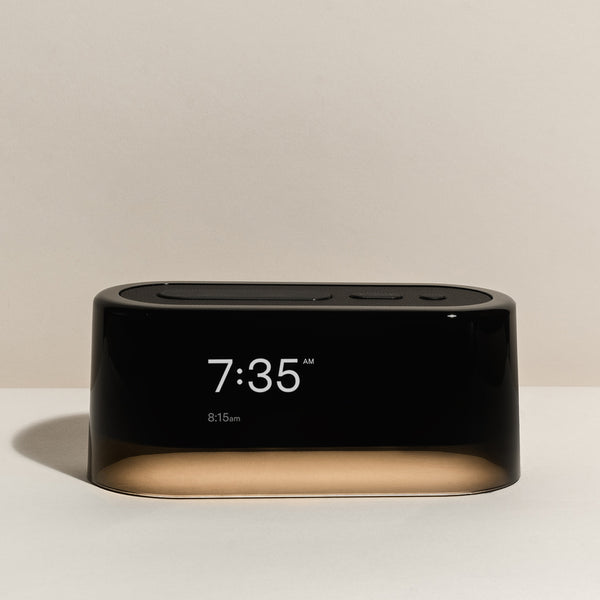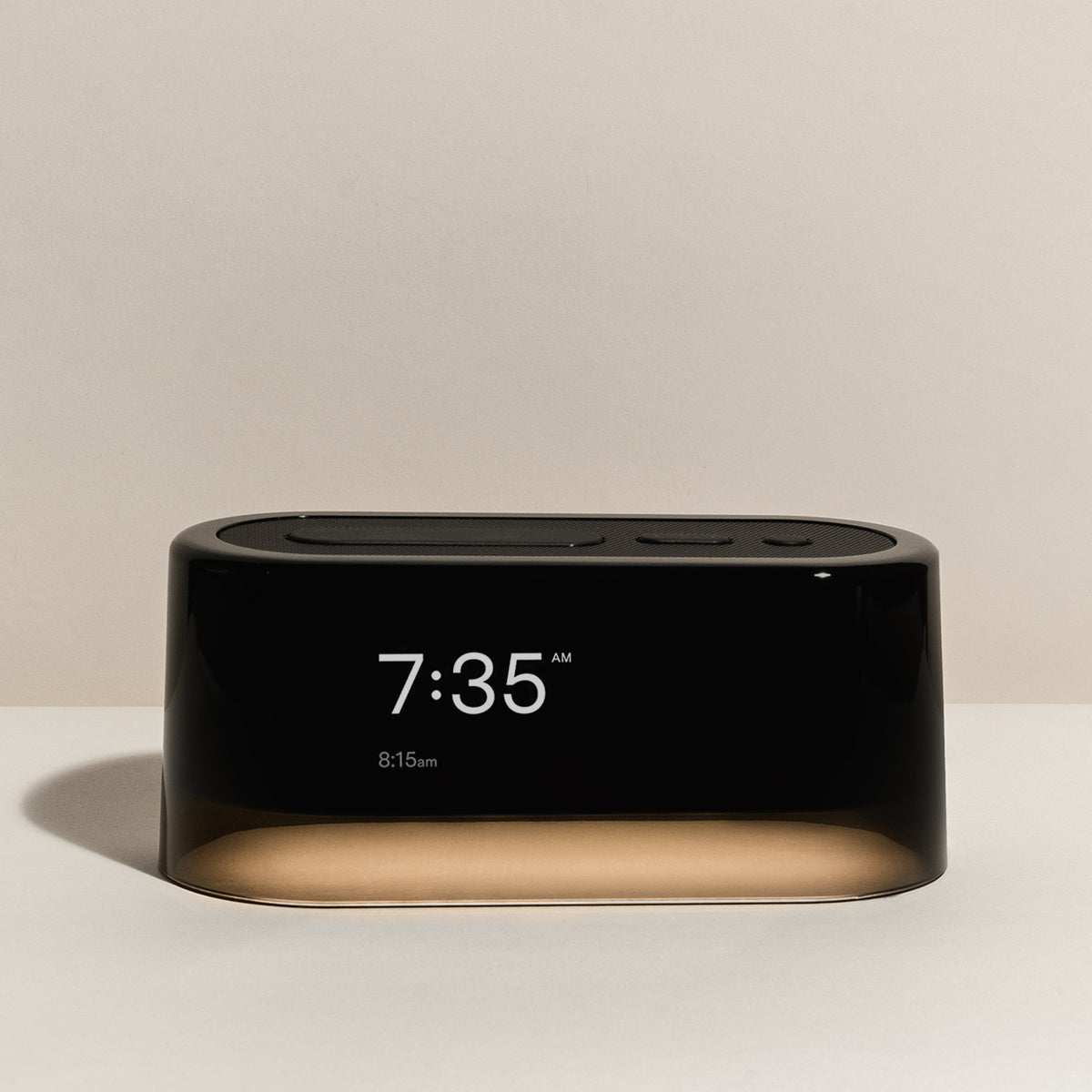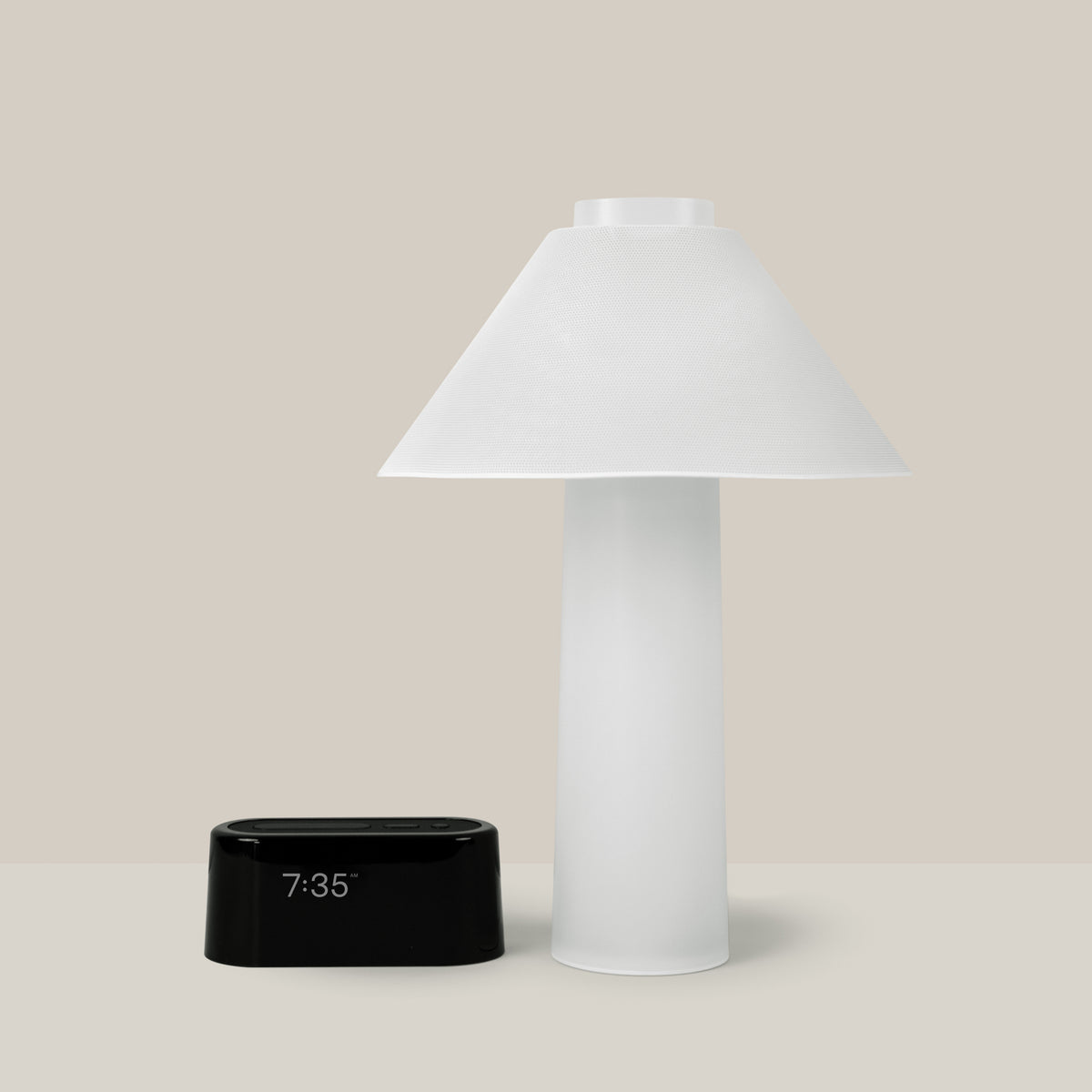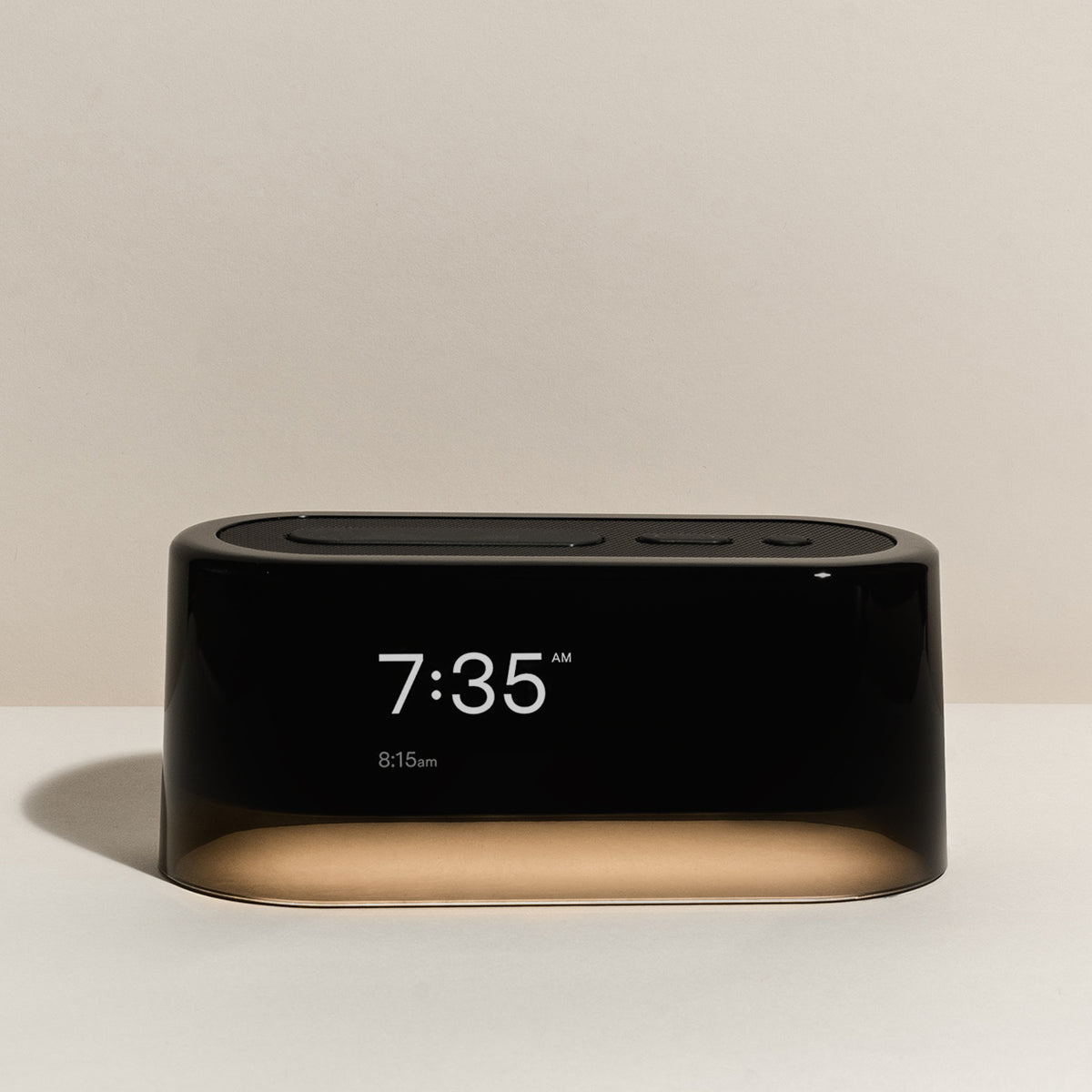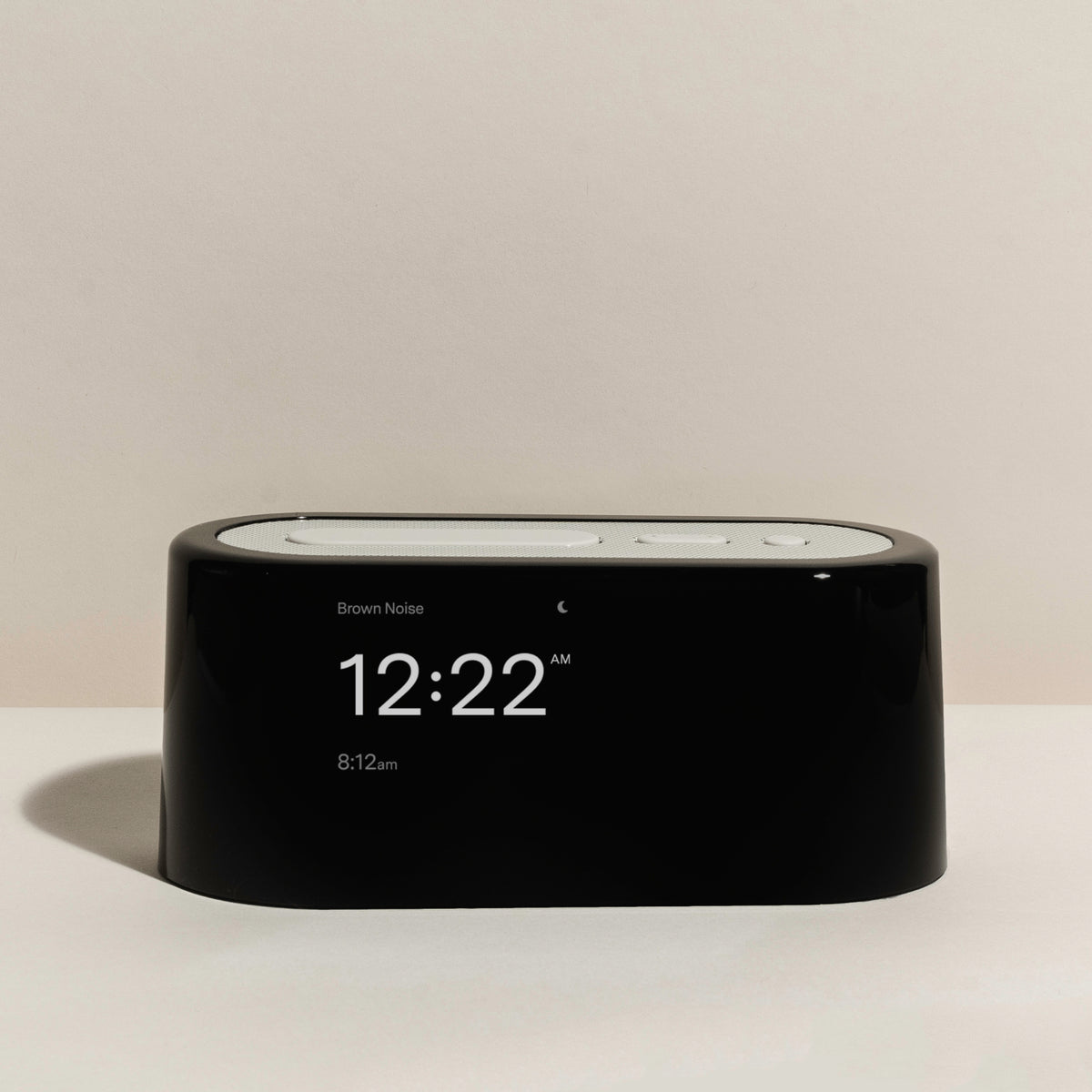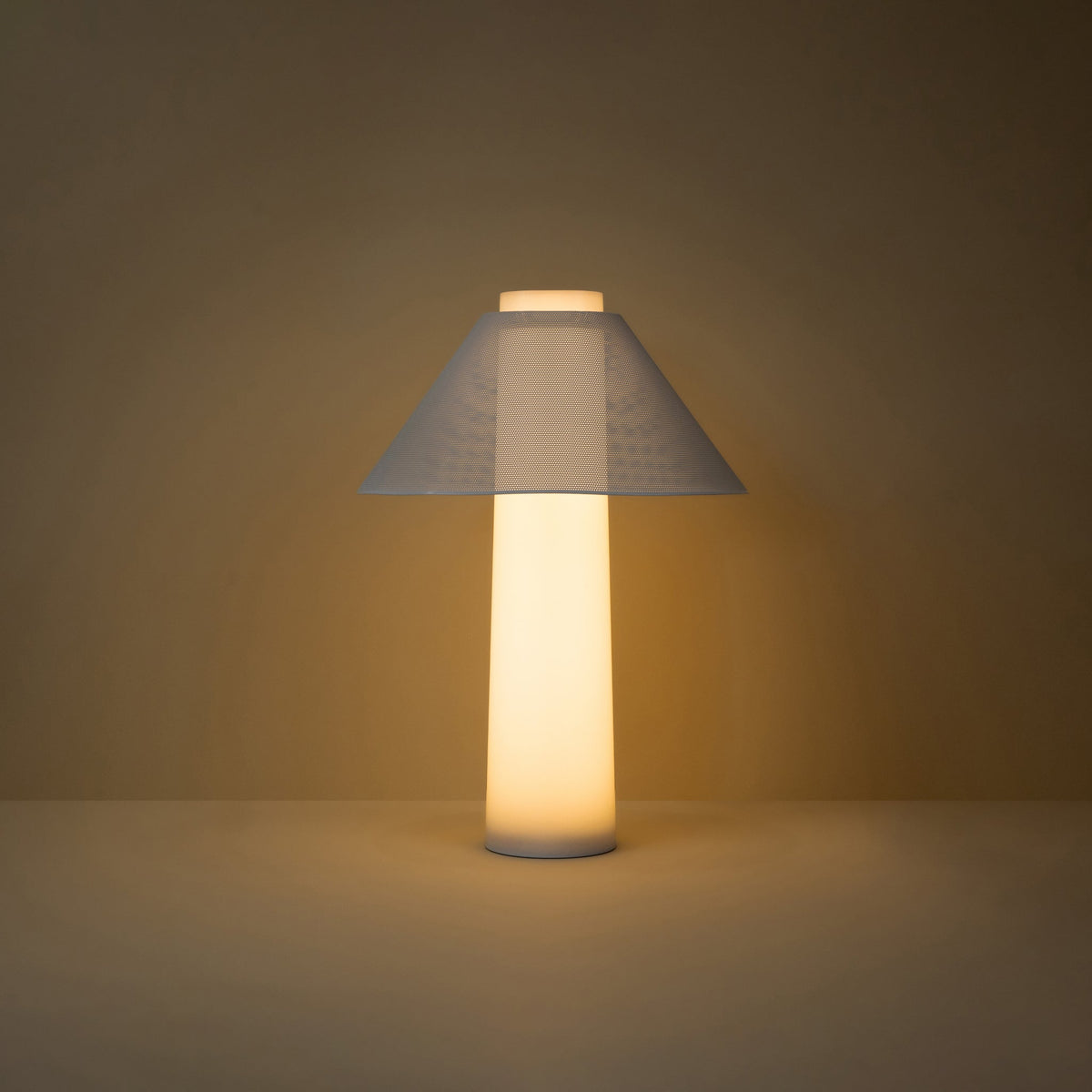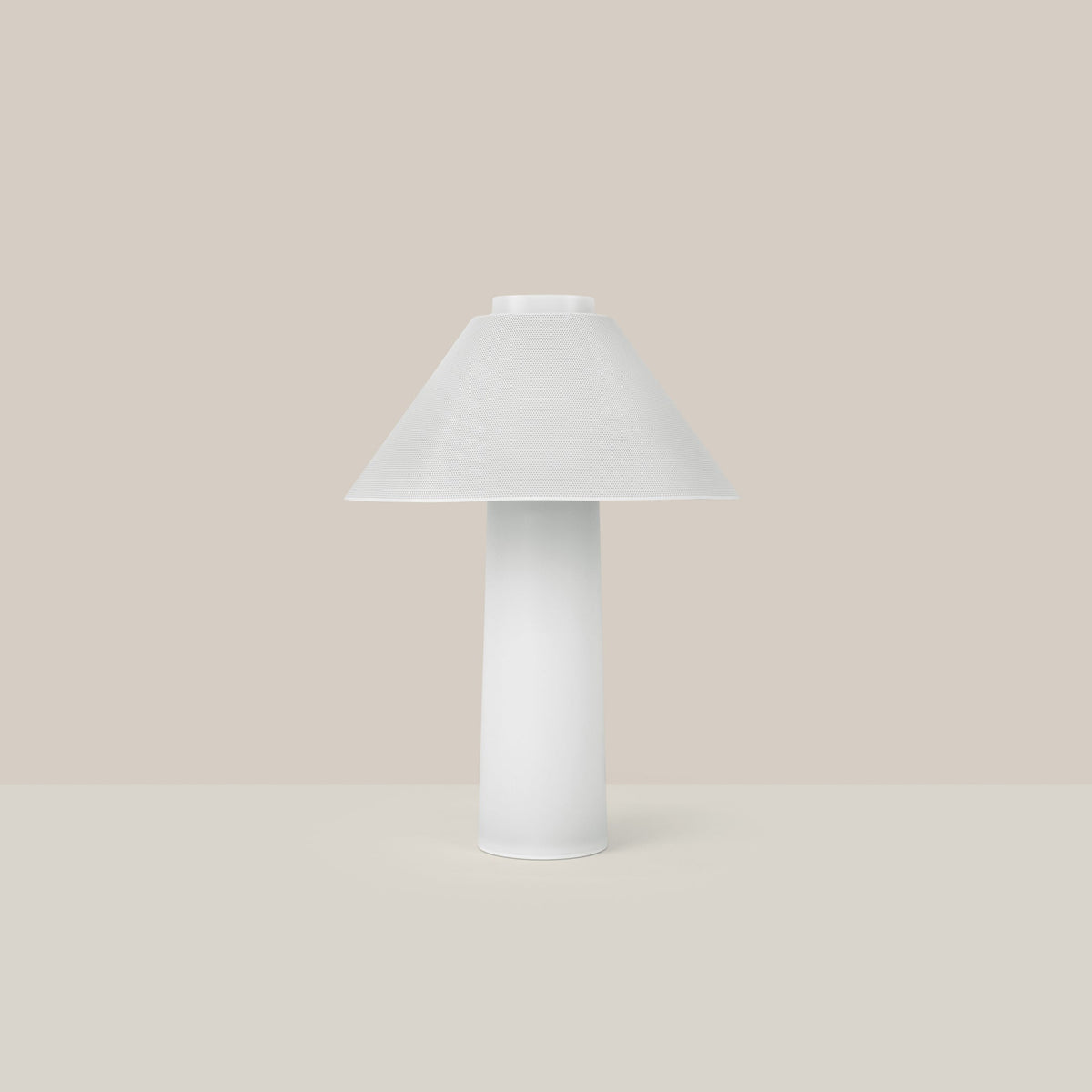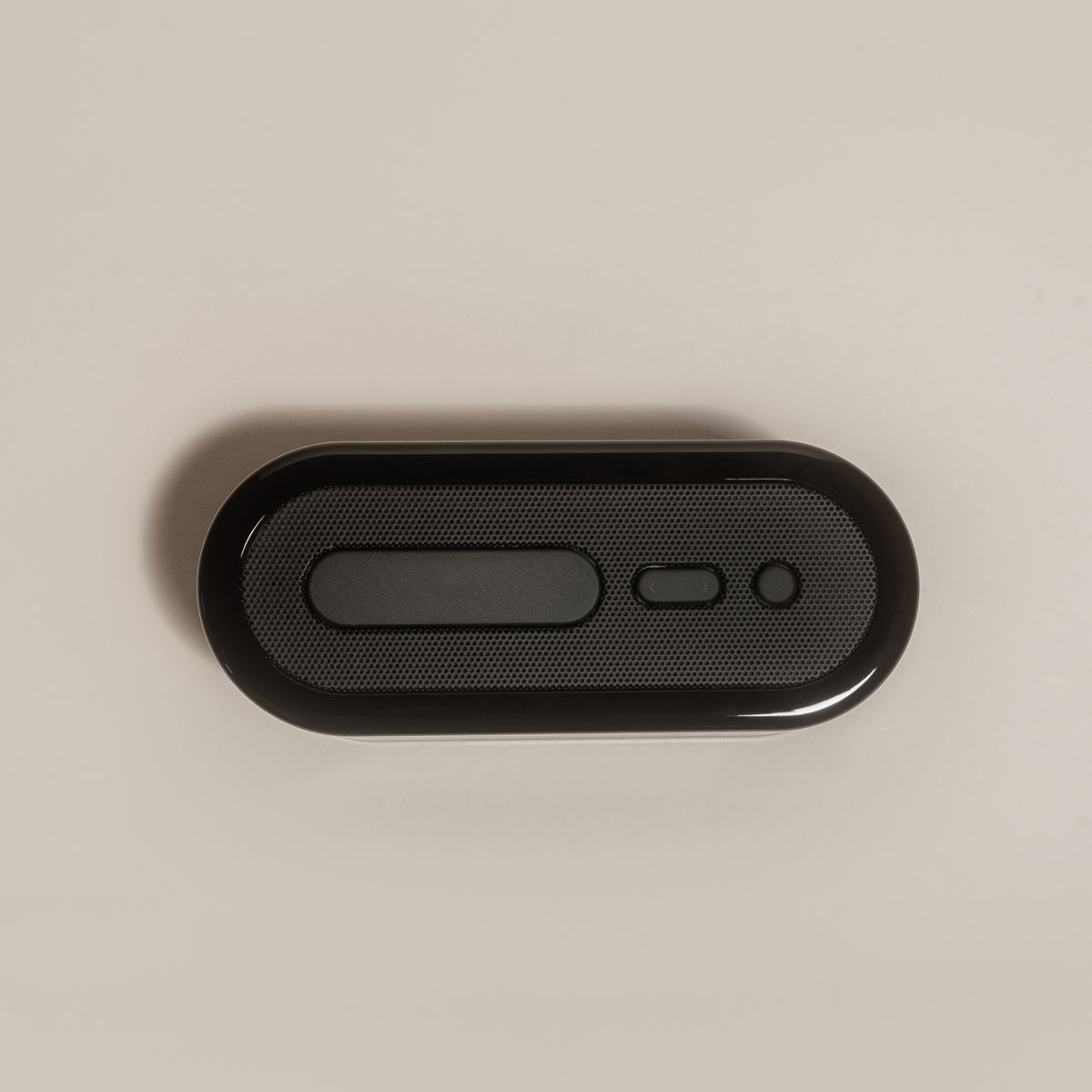Have you checked your screen time lately? We’d guess your average lands somewhere between “way too much” and “where did I find that much extra time.” Whatever your actual hour accrual is, chances are it’s up from pre-pandemic life.
When the country (and world) went into lockdown in 2020, adults averaged a 60% spike in electronic device use. That can easily be chalked up to incessantly checking the news, Zoom meetings and happy hours (remember quarantinis?), fun on TikTok, texting and other good things that helped get us through those rough times. It was, quite frankly, a feel-good way of staying connected that formed into a dopamine-inducing habit for many of us.
Fast forward to today and we’re slowly making our way back to the before times. We were quick to ditch the masks and social distancing, but that tech habit has proven the hardest to break—we’re still up 30% since 2019. And, realistically, in today’s world, we can’t totally cut off tech altogether.
Instead, recalibrate your connection to tech by understanding it on a cerebral level to make the switch.
Elliot Berkman, director of the University of Oregon’s Social and Affective Neuroscience Lab, has said that habits have three parts: Cue-Routine-Reward (CRR). The cue is something that triggers the habit; the routine is the act of doing the habit; the reward is the pleasing part and results the habit gives you. Understanding CRR can be your ticket to resetting your relationship with your phone.
The first thing CRR informs is understanding your triggers, or what Cues your tech habit. Maybe you have too much down time in between work and dinner where you scroll for a while? Whatever your triggers to mindless scrolling are, first pinpoint them.
Once you’ve identified a few, it’s time to start working on the Routine. This is the actual physical part of reaching for your phone and getting lost in it (note that Routine can also be emotional and mental when it comes to other habits like smoking or sugar consumption). Using that same example of too much scrolling between work and dinner, try switching to a new activity—like scheduling gym time or biking home from work during that hour or two. This step often lends itself for you to pick up new habits, which is more effective than stopping something enjoyable, according to Berkman.
To complete the cycle of a new habit, the Reward from your new habit needs to be more enjoyable than the original one. So, in order for biking home from work to bring you more joy than screen time did, take a scenic route that adds beauty to your day.
Here are three ways to help dial back on phone use:
- Create dedicated tech-free zones in your home. Needless to say, we think your bedroom should be top of the list, but also consider other spaces you go for solace. Maybe your workout room or the bathroom where you take baths? Perhaps you spend time in a garden, library or reading room? Wherever you go to turn off, commit to keeping it phone and tablet-free so you can really use that space to reset and recharge (your mind, that is).
-
Decide on tech habits that still work for you. Maybe you’ve started a weekly family FaceTime or log on for a virtual poker game each weekend. Those sort of meet ups enhance your life, so keep them around and start to create a balance within your tech use, it’s the unintentional phone use you want to curb after all.
- Delete time-sucking apps. Are you spending way too much time on social media or games like Candy Crush? That endless scrolling adds up to mindless hours of phone usage. In fact, nearly 90% of mobile time is spent on apps, with social media and entertainment coming in at the top. It’s probably time to remove them from your phone. We recommend cutting out one at a time instead of going cold turkey.
Above all else, experts say it’s most important to keep your eyes on the prize. In our case, how recalibrating your phone time will enhance your life.
